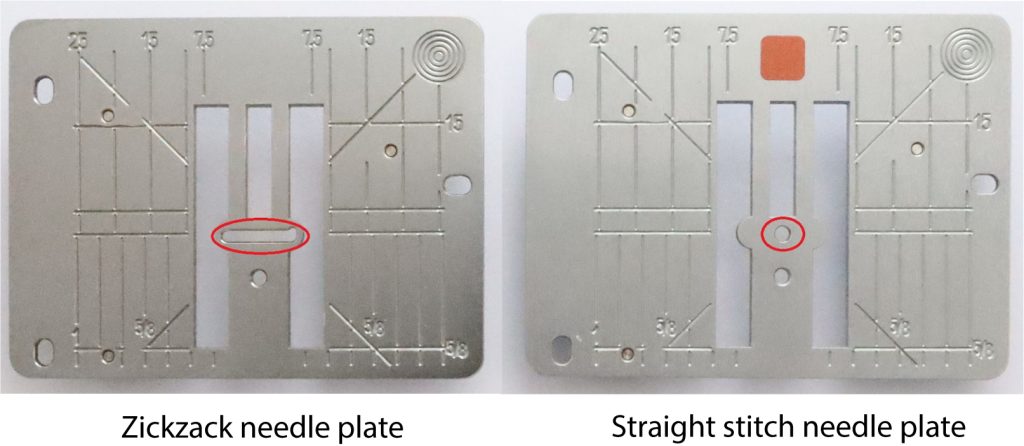Cutting
When cutting fine fabrics, you have to make sure that the fabric moves as little as possible. Cutting with a cutting mat and rotary cutter is the best way to do that. The individual sewing patterns can be weighted down with weights sitting on the fabric. Another alternative is to pin the fabric to tissue paper. For this you need to glue the tissue paper to the desired fabric first, then carefully pin the fabric to the paper and make a cut out of both materials when cutting. The sewing pattern can either be weighted with weights or pinned with pins. This technique takes a little bit longer but is more suitable if, for example, you want to cut a very long dress and the cutting mat is too small.
Pins
For best results, use fine pins with a width of 0.6-0.65mm for pinning. In order to prevent fabrics from shifting during sewing, the pins should always be pinned across the seam. For some sewing jobs in which the fabric is difficult to handle or slips easily during sewing, it can be helpful to first pin the fabric layers together by hand.
Sewing machine needle
Use fine needles of approximately 60-70Nm. When sewing, always make sure that the needle is intact as they wear out very quickly. The best way to test the tip is to run your finger over it. If it is blunt, replace the needle because blunt needles can pull threads on the fabric.
Sewing thread
For fine fabrics, yarns with a thread count of 100 or 120 are used. Thereby, the larger the number, the finer the thread count.
Sewing machine settings
For fine fabrics, the thread tension is reduced slightly and a small stitch length should be used which varies between 1.5mm and 2mm depending on the fabric. To determine the correct thread tension as well as stitch length, it is recommended to try it on a piece of fabric in advance.
Seam beginning
While sewing on the sewing machine, fine fabrics are often pulled towards the stitch hole at the beginning of the seam and as a result, get damaged. It is therefore recommended to use a straight stitch needle plate when sewing straight stitches, if you have one.

The edge of the fabric has to cover the stitch needle plate at the beginning of the seam. When using very fine fabrics such as silk chiffon, the fabric is usually pulled into the stitch hole anyway. It is best to additionally stabilize the seam by placing tissue paper under the fabric at the beginning of the seam. You can place tissue paper underneath along the entire seam as well which has the advantage that the fabric can’t be damaged by the feed dog’s prongs. The tissue paper is easy to tear off after sewing.

Neaten
Fine fabrics can be neatened as usual with a zigzag stitch on the sewing machine or with an overlock seam on the overlock machine. Another alternative is to sew a french seam. This is mainly used with transparent fabrics whereby the seams not just look very nice but also don’t fringe.



